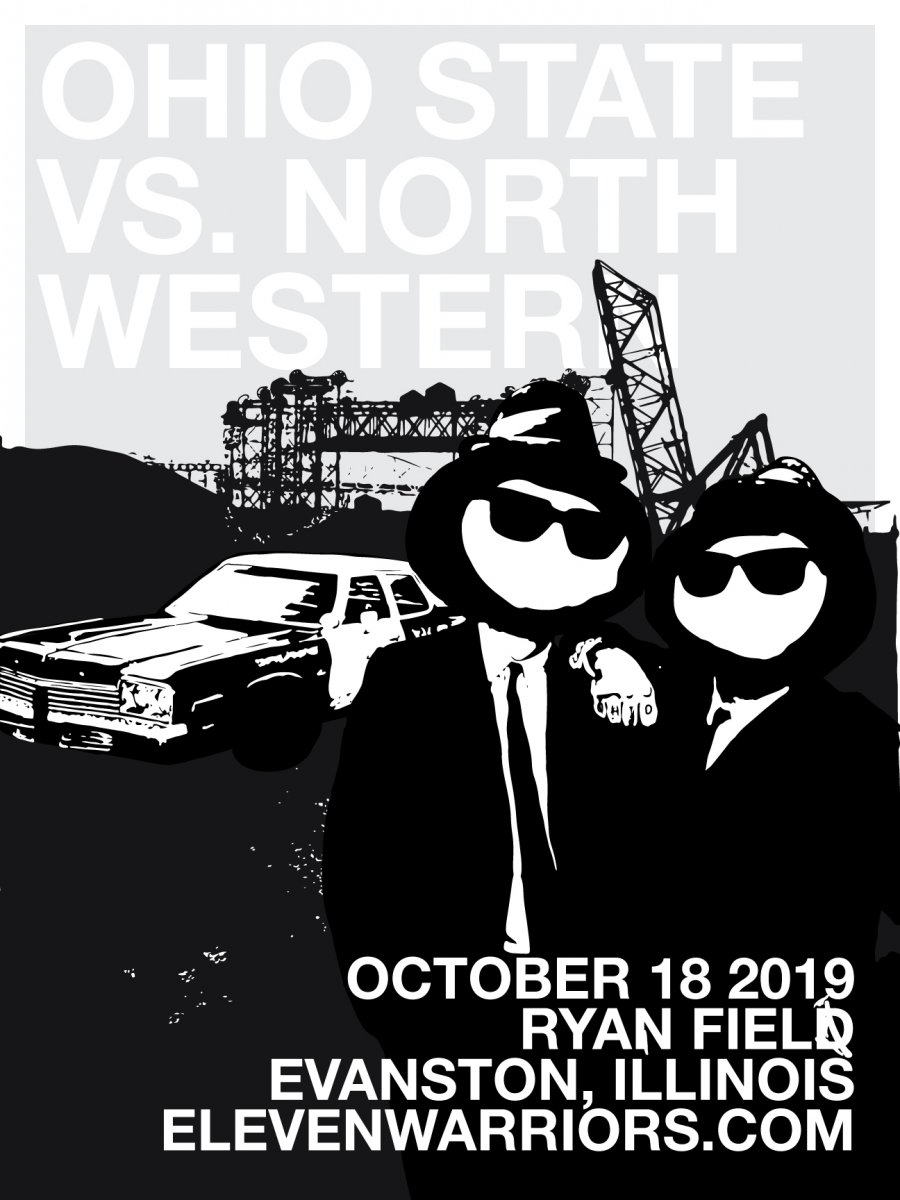https://theathletic.com/1298106/2019/10/16/northwestern-ryan-field-tall-grass-ohio-state/
Tall tales: The grass at Northwestern’s Ryan Field lives in opponents’ heads
By Nicole Auerbach Oct 16, 2019
Editor’s note: This is the latest installment of Traditionally Weird, a weekly series on the oddities and eccentricities of college football, from mascots to rivalries to student-section rituals and (way) beyond.
It’s been nearly a decade since he last played against Northwestern at Ryan Field, but former Iowa receiver Marvin McNutt still isn’t over it.
Part of that is due to the opponent itself and how the games ended, particularly when the two teams met in 2010. Iowa led 17-7 with 10 minutes left before Wildcats quarterback Dan Persa orchestrated a 13-play, 85-yard scoring drive to pull within three and then an 11-play, 91-yard drive to take the lead. Northwestern went on to win, 21-17, dealing a critical blow to the Hawkeyes’ Big Ten title hopes.
But the ending wasn’t the only reason for a sour aftertaste that has lingered in the years since. It was the natural grass.
“Let me start this off by saying I do not like Northwestern. Two things: their jerseys and their long, eight-foot grass that they always seem to have when we come play them,” McNutt says. “Nobody in the Big Ten or in the country has as long as grass as Northwestern. It’s ridiculous, and it tries to make you slow down. It’s just cheating. That’s what it is, it’s cheating.”
Though there is no national database of grass height to fact-check the claim of it being the tallest in the country, it almost doesn’t matter. The legend of the long Ryan Field grass has taken on a life of its own, grounded in experience but aided by mythology. The close-up shots of the tall, wet grass during the 2013 Ohio State-Northwestern game, which drew “College GameDay” to Evanston and prime-time exposure to Ryan Field, certainly helped. That sticks in fans’ minds, even if the grass is not always that shaggy, or won’t ever grow out so much in another season. The Buckeyes return to Ryan Field for the first time since that 2013 contest, which they won 40-30, on Friday night.
Former Ohio State linebacker Joshua Perry remembers preparing ahead of time not for the length of the grass but for how wet it was going to be. The equipment staff told players to pack two pairs of cleats for the game that week: their typical molded cleats but also screw-ins. Even so, it was a long night in the grass.
“That might have been the longest grass I’ve ever played on between high school, college and the NFL,” Perry says. “I think it’s smart. Coach (Pat) Fitzgerald knows what he has in his program year-in and year-out. He’ll tell you, in his locker room, they’re not the fastest guys, the best athletes. But they’re smart and they play hard. If they let the grass grow a little longer and if he feels that’s an advantage against faster teams, he should have the right to do it. It’s such a small thing … but I think I might do the same thing if I were him.”
Northwestern and Ohio State went back and forth for much of the game on that October evening, until the Wildcats lost the lead for good with 5:22 left in the fourth quarter on a Carlos Hyde rushing touchdown.
The grass almost certainly helped keep the Buckeyes within reach.
“I would say when you see a player with grass coming from his knee pads and it’s not from sliding, it’s from the grass actually being that high, you notice it,” says Teddy Greenstein, a college football writer for the Chicago Tribune who covered that game. “It seems like it is an urban legend, but I think it’s an urban legend that’s true. And it’s smart of Northwestern because if you’re going against an opponent who has a half-dozen 4.4 (40-yard dash) guys and you’ve got one 4.4 guy, you do whatever you can to neutralize.
“It worked in that Ohio State game almost perfectly. They almost sprung that upset. … You have to do whatever you can to give yourself an advantage.”
Cont'd ...




